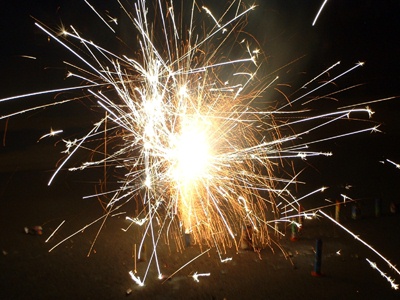All Nonfiction
- Bullying
- Books
- Academic
- Author Interviews
- Celebrity interviews
- College Articles
- College Essays
- Educator of the Year
- Heroes
- Interviews
- Memoir
- Personal Experience
- Sports
- Travel & Culture
All Opinions
- Bullying
- Current Events / Politics
- Discrimination
- Drugs / Alcohol / Smoking
- Entertainment / Celebrities
- Environment
- Love / Relationships
- Movies / Music / TV
- Pop Culture / Trends
- School / College
- Social Issues / Civics
- Spirituality / Religion
- Sports / Hobbies
All Hot Topics
- Bullying
- Community Service
- Environment
- Health
- Letters to the Editor
- Pride & Prejudice
- What Matters
- Back
Summer Guide
- Program Links
- Program Reviews
- Back
College Guide
- College Links
- College Reviews
- College Essays
- College Articles
- Back
A Dangerous Race MAG
The atomic bomb is complete, the race to build the world’s most dangerous weapon has been won. Steve Sheinkin retells the fascinating story of the atomic bomb: who made it, what it took, and the outcome. The book, Bomb, explores many different and unique characters and their role in creating the atomic bomb.
This nonfiction book primarily follows the physicist Robert Oppenheimer and his team of scientists (some of whom are Soviet spies) to create the atom bomb. In addition to the characters and the science, Sheinkin explores the three-way race between the U.S., Germany, and the Soviet Union to build the world’s most dangerous weapon.
In a story like this, the author’s craft is very important. Too much science and history or not enough story and action could bore some readers. However, Sheinkin creates the perfect blend of history and action. In fact, the book reads as any regular story would. Sheinkin transforms a boring textbook subject into an intense and fast-paced read. Sheinkin creates an exciting and compelling read by looking at the event as a race. By doing this, it makes the story very intense, making you turn page after page to find out who will create the bomb first.
To break away from science and history, Sheinkin tells mini-stories to keep the book interesting while staying on topic. One story that is particularly exciting is about a highly trained group of commandos sneaking into Nazi-occupied Norway to destroy a factory that was crucial to Hitler’s atomic bomb program. What is unique about this story is the way Sheinkin told it. He made it like a “Mission Impossible” operation with fast-paced action and on-the-edge-of-your-seat suspense. This gave the book a nice break from all the history and kept the story interesting.
The most important part of a history book are its facts, and Sheinkin uses them perfectly. In addition to all the dates and science you would find in a textbook, Sheinkin uses interesting and useful facts that keep the readers engaged. And rather than just saying, “The atomic bomb is equivalent to 21,000 tons of TNT,” Sheinkin says, “In 1917, in Halifax Harbor, Canada, a ship packed with millions of pounds of explosives and ammunition caught fire and blew up. The blast flattened buildings a mile in all directions and killed at least 2,000 people. It sent a 1,000-pound anchor soaring two miles in the air. One uranium bomb, small enough to fit on a plane, could pack ten times that power.”
This makes the facts relatable and much more fascinating than just giving you bland information that means nothing without context.
You rarely think about character development when reading history books. However, Sheinkin gives each character a unique personality so you really get to know who they are, rather than just knowing their names. Sheinkin does this by using quotes and describing the characters’ actions to show how they talk and what they are feeling.
In the book, there is a man named Leslie Groves, who was overseer of the atomic bomb program. Sheinkin describes Groves as “a big man, with a big personality – loud, bossy, demanding, quick to criticize.” From this, you can tell that he is a no-nonsense type of guy whose only goal is getting the job done. These descriptions make these historical figures come to life, which really separates this book from textbooks.
Throughout Bomb, Sheinkin raises many thought-provoking questions: Was it right to drop the atomic bomb on Hiroshima? Could Oppenheimer have been trusted? Is creating the atomic bomb a good thing? Should humans have such power? While Sheinkin tries to keep his opinions out, he gives you the voices and feelings of the characters. With the atomic bomb complete, “Oppenheimer thought of a line from an ancient Hindu scripture, The Bhagavad-Gita, a dramatic moment in which the god Vishnu declares: ‘Now I have become death, the destroyer of worlds.’”
Bomb is so much more than a history textbook. It has a proper story like any other fiction novel with an interesting plot and unique characters, while still staying true to the history of the atomic bomb. Bomb is a great read for anyone wanting to learn more about the untold history of the atom bomb.

Similar Articles
JOIN THE DISCUSSION
This article has 0 comments.
